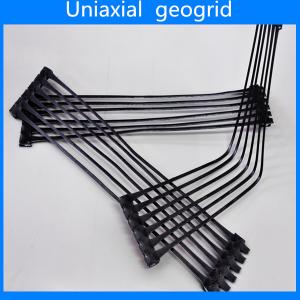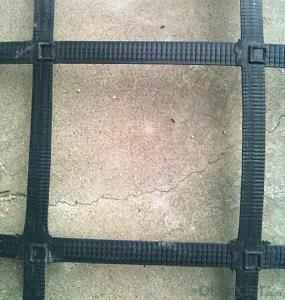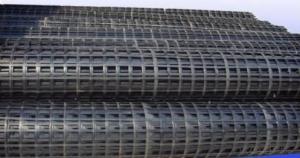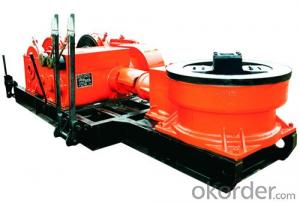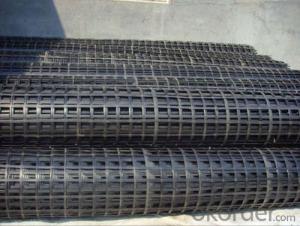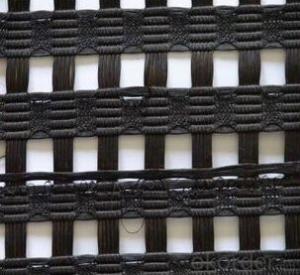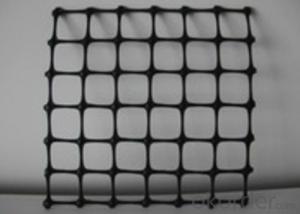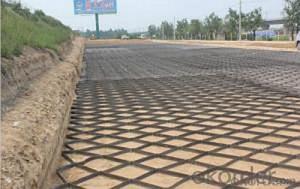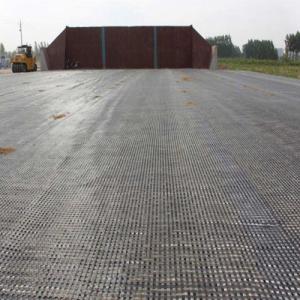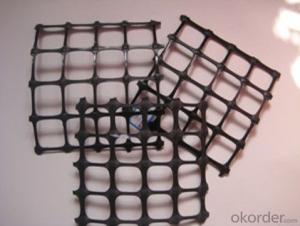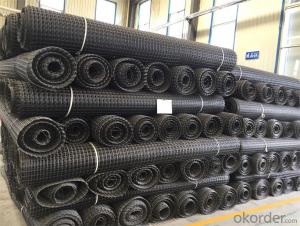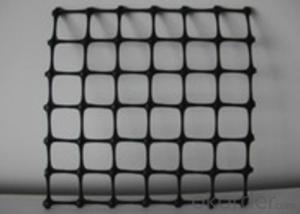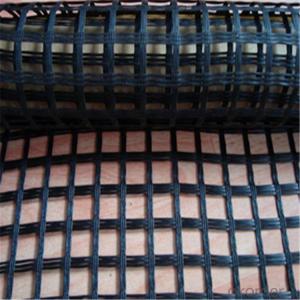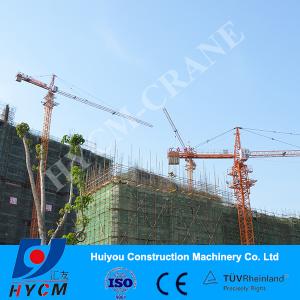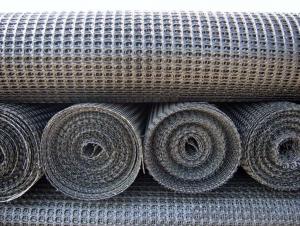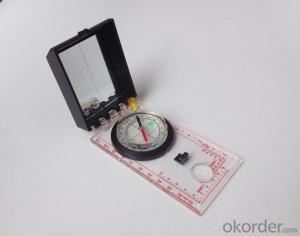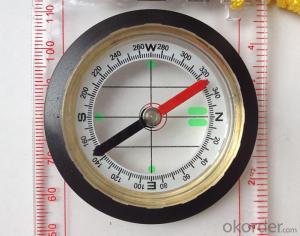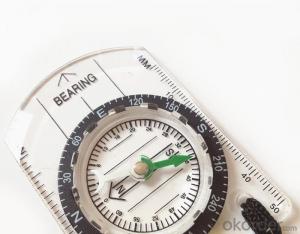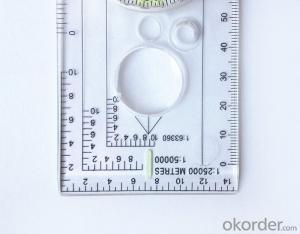Tx150 Geogrid
Tx150 Geogrid Related Searches
Geogrid Tx150 Tx170 Geogrid Geogrid Tx160 Tx 130 Geogrid Tx 140 Geogrid Geogrid Tx140 Tensar Tx160 Geogrid Triax Tx160 Geogrid Tx160 Triaxial Geogrid Tensar Tx140 Geogrid Tx-5 Geogrid Tx160 Geogrid Price Tensar Triax Tx160 Geogrid Tx190l Geogrid Triax Geogrid Tx160 Tensar Tx 130 Geogrid Tensar Geogrid Tx140 Tx7 Geogrid Tensar Tx-5 Geogrid Tensar Triax Geogrid Tx160 Tensar Triax Tx140 Geogrid Tensar Triax Tx170 Geogrid Tensar Tx160 Geogrid Price Tensar Tx5 Geogrid Tensar Triax Tx130s Geogrid Tensar Triax Tx 140 Geogrid Triax Tx Geogrid Tensar Tx7 Geogrid Tensar Triax Tx5 Geogrid Tensar Biaxial Geogrid Bx1500Tx150 Geogrid Supplier & Manufacturer from China
Tx150 Geogrid is a high-performance geosynthetic product designed to enhance the stability and load-bearing capacity of soil structures. This innovative material is made from high-strength polymers and is engineered to provide optimal performance in various civil engineering applications. Tx150 Geogrid is widely used in applications such as road construction, railway embankments, slope protection, and soil reinforcement, making it an essential component in modern infrastructure projects. Its unique properties allow for the efficient distribution of loads, reducing the risk of soil displacement and ensuring the long-term stability of the construction.The versatility of Tx150 Geogrid makes it a popular choice for a variety of usage scenarios, including but not limited to, the reinforcement of weak soil foundations, the construction of retaining walls, and the stabilization of slopes. This product's ability to withstand high tensile forces and its resistance to environmental degradation make it a reliable solution for projects that demand durability and strength. Tx150 Geogrid's performance is further enhanced by its compatibility with various soil types and construction materials, ensuring that it can be effectively integrated into a wide range of engineering solutions.
Okorder.com is a leading wholesale supplier of Tx150 Geogrid, offering a vast inventory to cater to the needs of contractors, engineers, and construction companies worldwide. With a strong commitment to quality and customer satisfaction, Okorder.com ensures that each order of Tx150 Geogrid is delivered promptly and in excellent condition. Their extensive stock allows for quick turnaround times, making Okorder.com the go-to source for Tx150 Geogrid and other geosynthetic products. By partnering with Okorder.com, customers can rest assured that they are receiving a top-tier product at a competitive price, backed by exceptional service and support.
Hot Products


